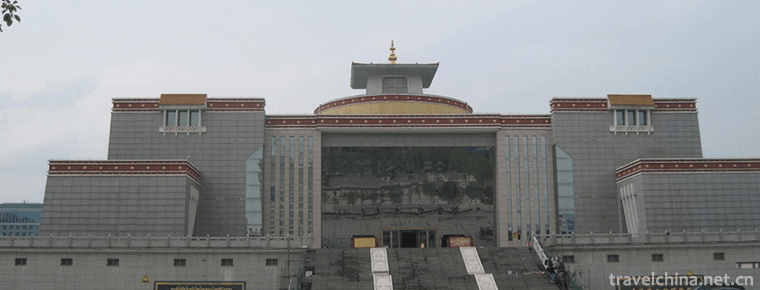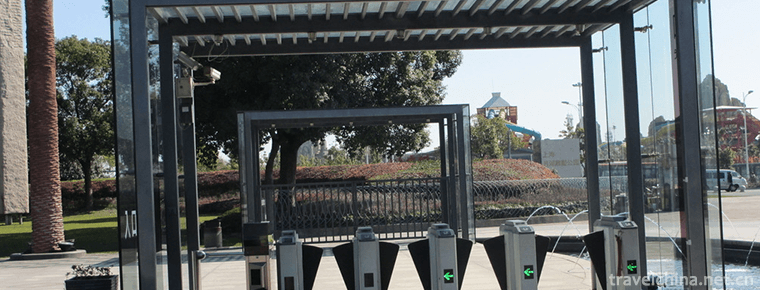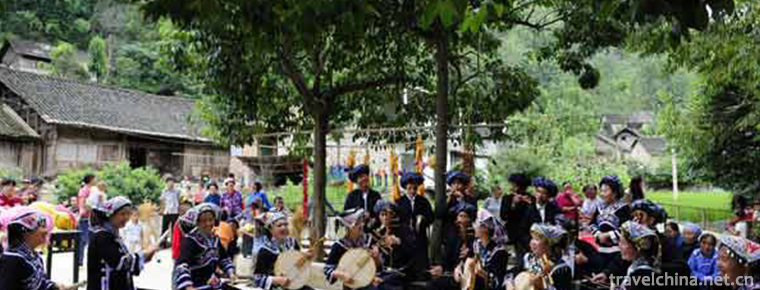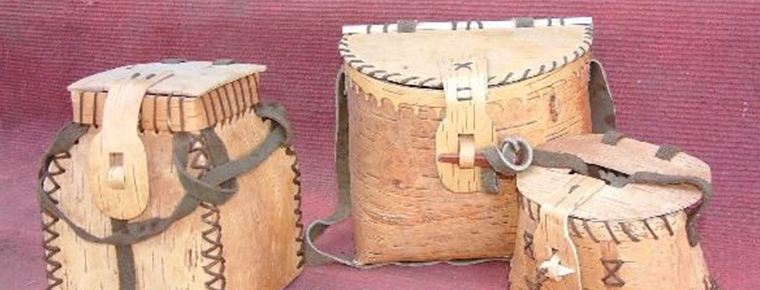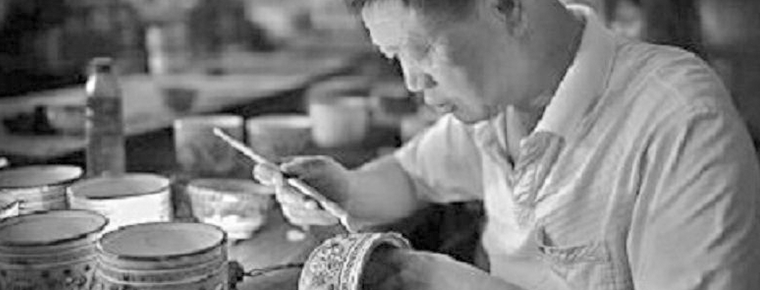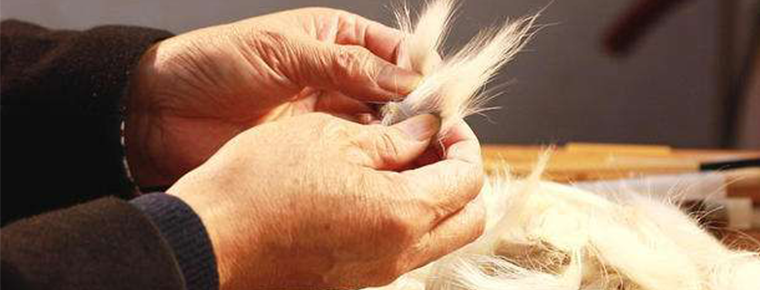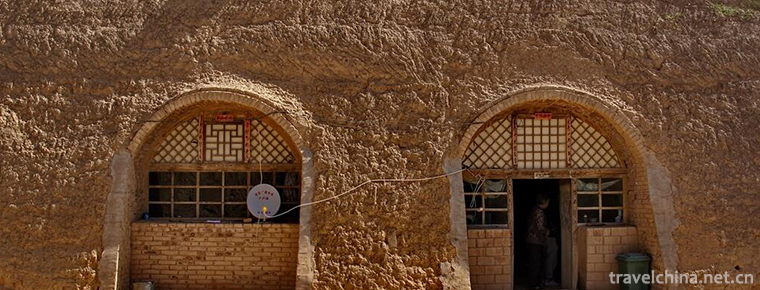Pineapple Sweet and Sour Pork
Gu Lu meat, also known as the ancient meat. It is a special dish in Guangdong. This dish dates back to the Qing Dynasty. At that time, many foreigners in the city of Guangzhou are very love Chinese edible vegetables, especially love to eat eat Sweet and Sour Spare Ribs, but not used to spit bone. Guangdong is to cook the meat bone with seasoning and starch mixing made only a large circle, into the pan fried until crisp, sticky, sweet and sour sauce, taste sweet and sour, by Chinese and foreign guests welcome. The history of sweet and sour spareribs is relatively old. After being restructured, it is renamed "ancient meat". Foreigners pronunciation, often the "old meat" is called "Sweet and Sour Pork", because when eating chewing flesh is elastic, rattle, so for a long time the two term coexistence. This dish enjoys a high reputation both at home and abroad. The common grunt meat is pineapple and canned pork.
Practice:
1. pickled pork with 2/3 teaspoon salt for fifteen minutes. Add 3 tablespoons cornstarch, mix with your hands and are completely coated with corn starch (this step is to forget to take pictures)
2. hot pot to 160 degree, wrapped powder into streaky pork, keep fire, fried until golden yellow, you can remove the dry oil.
3. put a little oil in the pot, put in the green pepper, add a little salt, fry until broken, and set aside.
4. pour seasoning A into a bowl and mix evenly.
5. reheat a spoonful of oil in the pan and pour the seasoning A into the pot. Cook it until it is thick enough to hang on the spatula.
6. put in pineapple and stir fry.
7., add the fried meat.
8. quickly stir fry until the meat and pineapple pieces are evenly wrapped in the sauce. Finally, stir fry the green peppers.
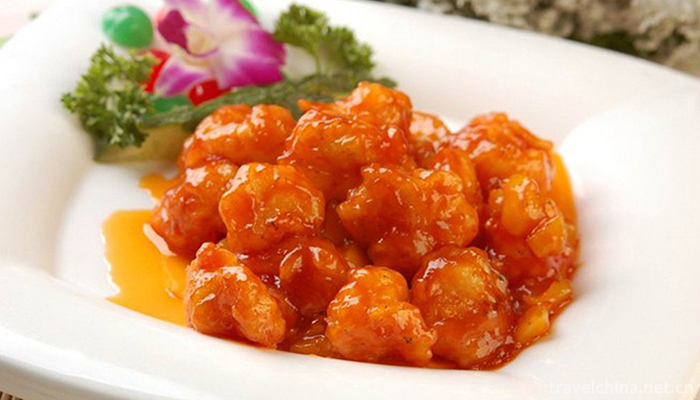
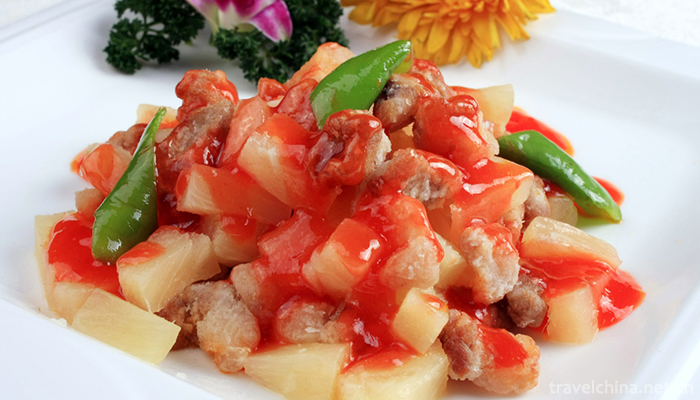
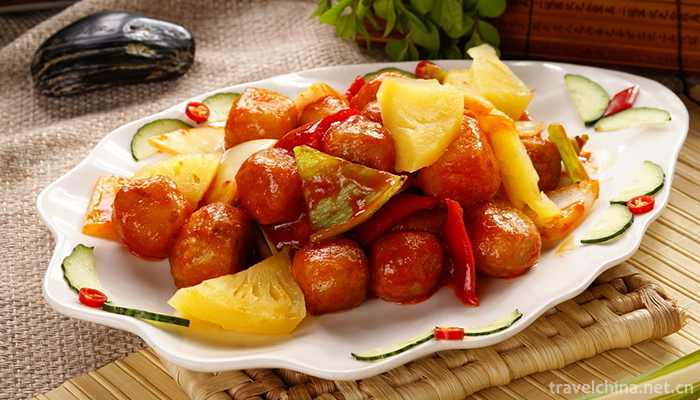
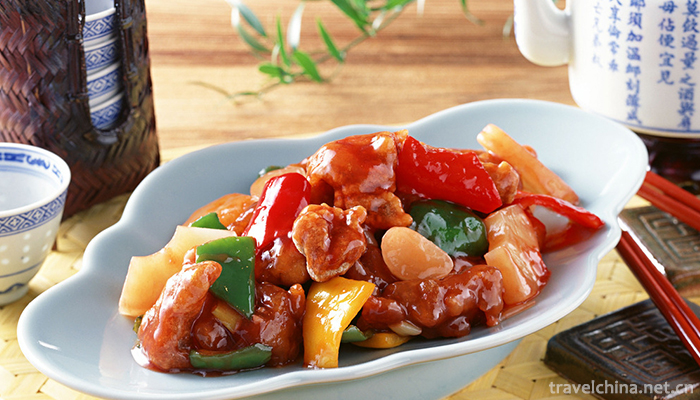
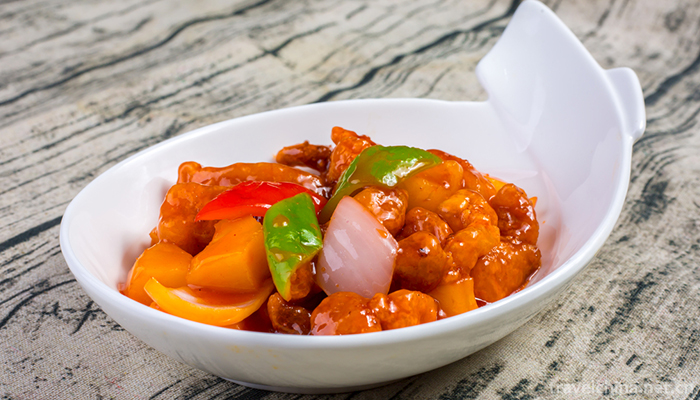
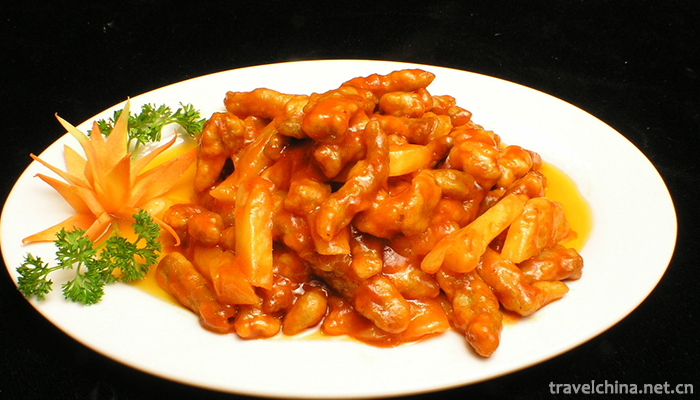
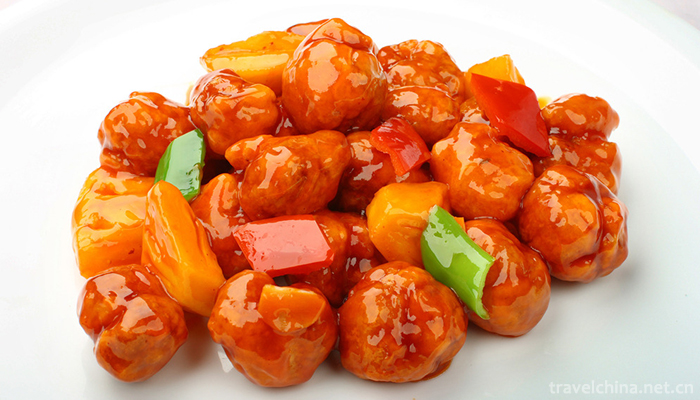
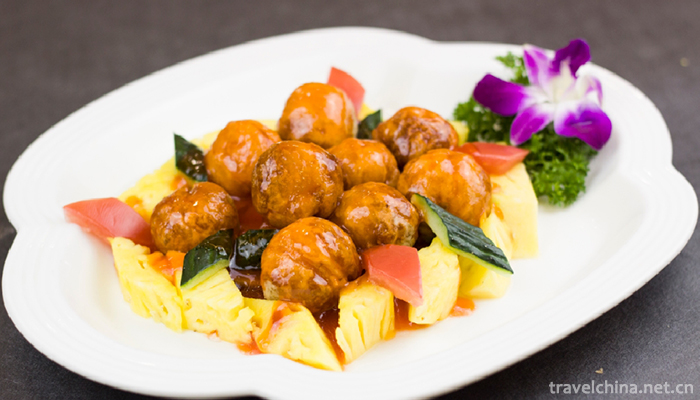
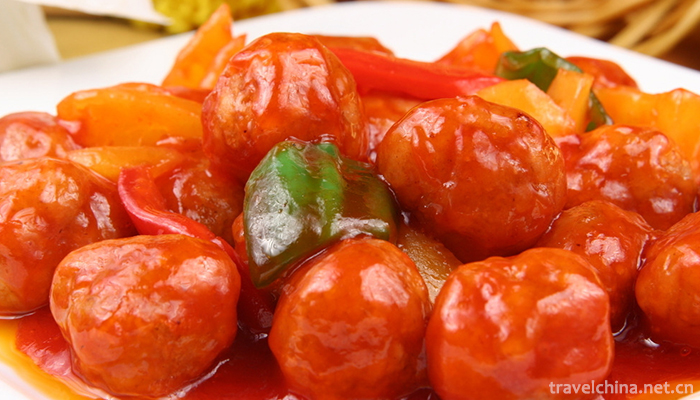
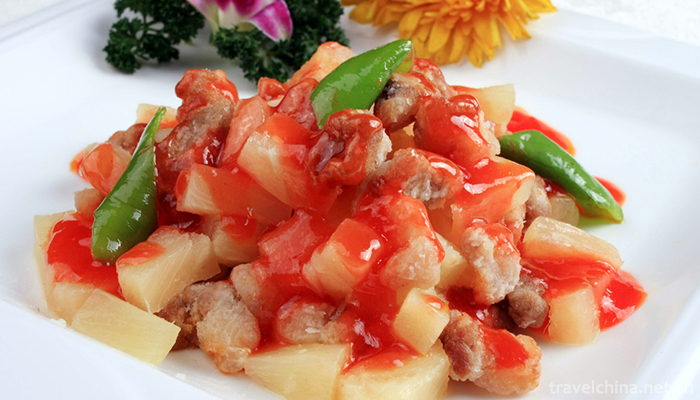
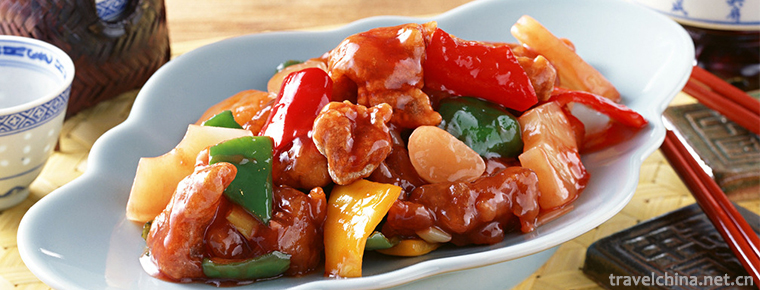
Pineapple Sweet and Sour Pork
-
Tourist Area of Wu Taihu Lake in Suzhou
Wuzhong Taihu Lake Tourist Area in Suzhou is located in the southwest corner of the paradise of Taihu Lake, covering an area of 21.5 square kilometers.
Views: 234 Time 2018-12-06 -
Qinghai Tibetan Medicine Culture Museum
Qinghai Tibetan Medicine and Culture Museum was built in 2006, with a total construction area of 12,000 square meters. It is the only comprehensive museum reflecting
Views: 195 Time 2019-02-07 -
Shangqiu Ancient Culture Tourist Area
Shangqiu Ancient Culture Tourist Area is located in Suiyang District of Shangqiu City. Based on Shangqiu Ancient City, the area of 12.6 square kilometers is covered by Guidefu City
Views: 129 Time 2019-02-08 -
Shanghai Yuehu Sculpture Park
Yuehu Sculpture Park is located in Sheshan National Tourism Resort, Songjiang District, Shanghai. It is built around the lake. It is a sculpture art park which combines natural scenery with modern lan
Views: 118 Time 2019-03-09 -
Buyi Eight tone Sitting Singing
Buyi eight-tone sitting-singing, also known as "Buyi eight-tone", is a form of folk music and singing handed down from generation to generation by the Buyi people
Views: 139 Time 2019-04-04 -
Craft of birch bark making
Birch bark making techniques, Oroqen Autonomous Banner of Inner Mongolia Autonomous Region, local traditional handicraft of Heilongjiang Province, one of the national intangible cultural heritage.
Views: 193 Time 2019-05-04 -
Jingdezhen Handmade Porcelain Craft
Jingdezhen Handmade Porcelain Craft, the traditional handmade Porcelain Craft in Jingdezhen City, Jiangxi Province, is one of the national intangible cultural heritage.
Views: 144 Time 2019-05-08 -
Brush making skills
Brush making skills, local folk traditional skills in Huangpu District of Shanghai and Jiangdu District of Yangzhou City of Jiangsu Province, one of the national intangible cultural heritage.
Views: 197 Time 2019-05-24 -
Cave Building Techniques
Cave dwelling is an ancient dwelling form of residents on the Loess Plateau in Northwest China. The history of cave dwelling can be traced back to more than 4,000 years ago. The Chinese people creativ
Views: 132 Time 2019-07-11 -
Bengbu Medical College
Bengbu Medical College (Bengbu Medical College) is Anhui Province The provincial general higher medical colleges and the first batch of units granted the right to grant bachelor's and master's degrees
Views: 103 Time 2019-11-08 -
Cheongsam production technology
Most of the classical flag dresses have straight lines. The body is loose and the two sides are split. The bust and waist circumference are close to the size of the dress. The appearance of cheongsam is generally required to have all or part of the following characteristics:
Views: 160 Time 2020-12-11 -
Neijiang in yuan Ming and Qing Dynasties
In 1279, China was unified and the Yuan Empire was established. After more than 30 years of war between the end of Song Dynasty and the beginning of Yuan Dynasty, the system of Zizhou and Puzhou has not been restored except Jianzhou. In the 22nd
Views: 291 Time 2020-12-16

